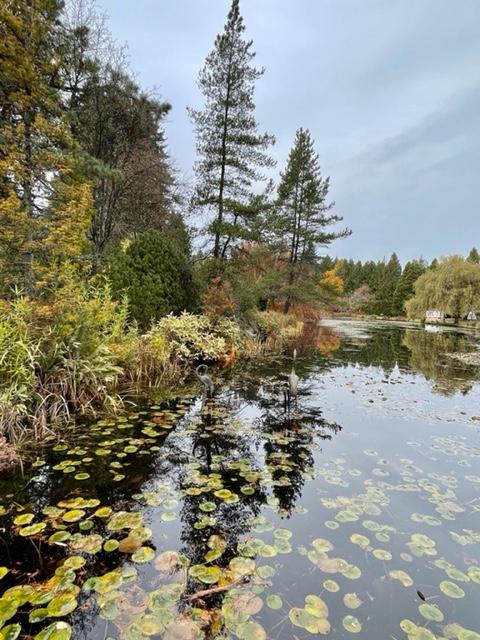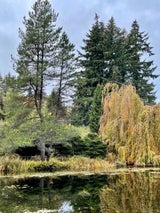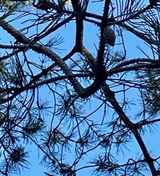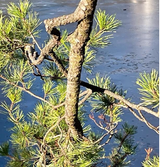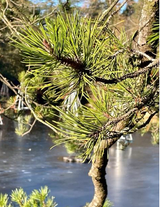- Plant IDs
- >
- ID By Type
- >
- Trees
- >
- Evergreen Trees
- >
- Pines
- >
- Pinus contorta
Pinus contorta
Common name: Shore pine
There are three or four varieties of the conifer shore pine (Pinus contorta), and together they range over western North America, from Baja California to Alaska. Despite huge variability in stature, all of the varieties of Pinus contorta have 5cm/2 in long paired needles that are often stiff and twisted. Their small hard cones are angled at the base so that they point toward the tree’s trunk.
Pinus contorta has the ability to flourish in areas that are too wet, too acidic, too nutrient-poor, too elevated, too fire-prone or too rocky. Habitats that other trees couldn’t survive in. 13,000 years ago when the glaciers began to retreat in British Columbia, Pinus contorta was one of the first species to colonize the barren land.
Pinus contorta var. contorta or shore pine is a small tree found along the coast from southern Alaska to northern California. If you are on the bog hike in Pacific Rim National Park, you will see a dwarf version of this tree with stems that twist and often grow sideways. These trees can be 300 years old and often less than 2m/6 ft in height. This is thanks to their growing conditions - the low nutrient and acidic conditions of a bog. It is hard to believe that this gnarly, wind-swept shore pine belongs to the same species as the tall, straight and slender lodgepole pine (Pinus contorta var. latifolia) that is found inland.
This pine demonstrates 'crown shyness'.
Lodgepole pine grows throughout most of the interior from mid elevation to subalpine sites. One of the first trees to invade after a wildfire, its cones are protected by a seal of pitch that requires fire or heat to release the seeds. But there is a bird called the crossbill that doesn’t need to wait for fire to get at the seeds. The crossbill has a specially adapted bill that can crack open the lodgepole pine cone. The number of chicks the crossbill has depends on the number of lodgepole seeds that are available.
For inland First Nations, lodgepole pine was key for their survival - as important as the ‘tree of life’ (the western red cedar) was for the Northwest Coast peoples. More information
The pictures of shore pine were taken in VanDusen. The two tree pictures are in bed 56W and the contorted branch ones from a shore pine in bed 24C. The three trees were planted in 1973.
Text and photos by Hughie Jones.
